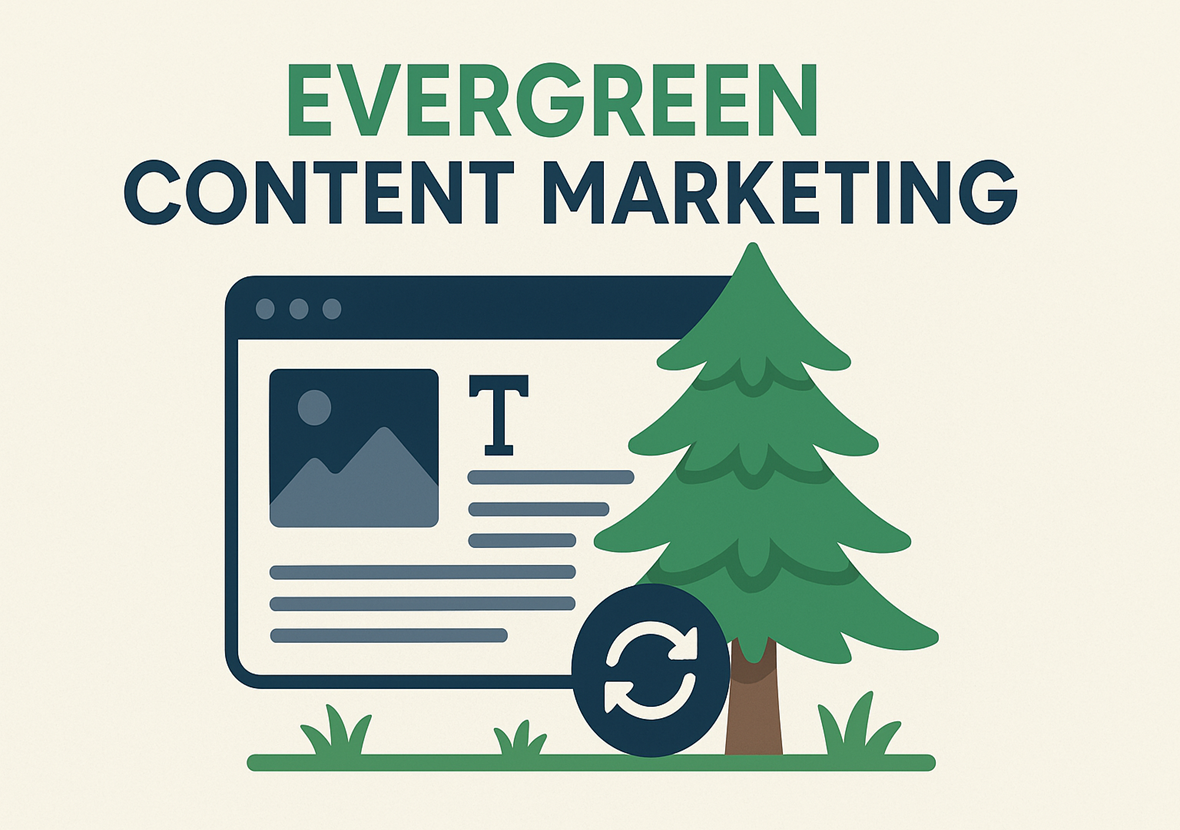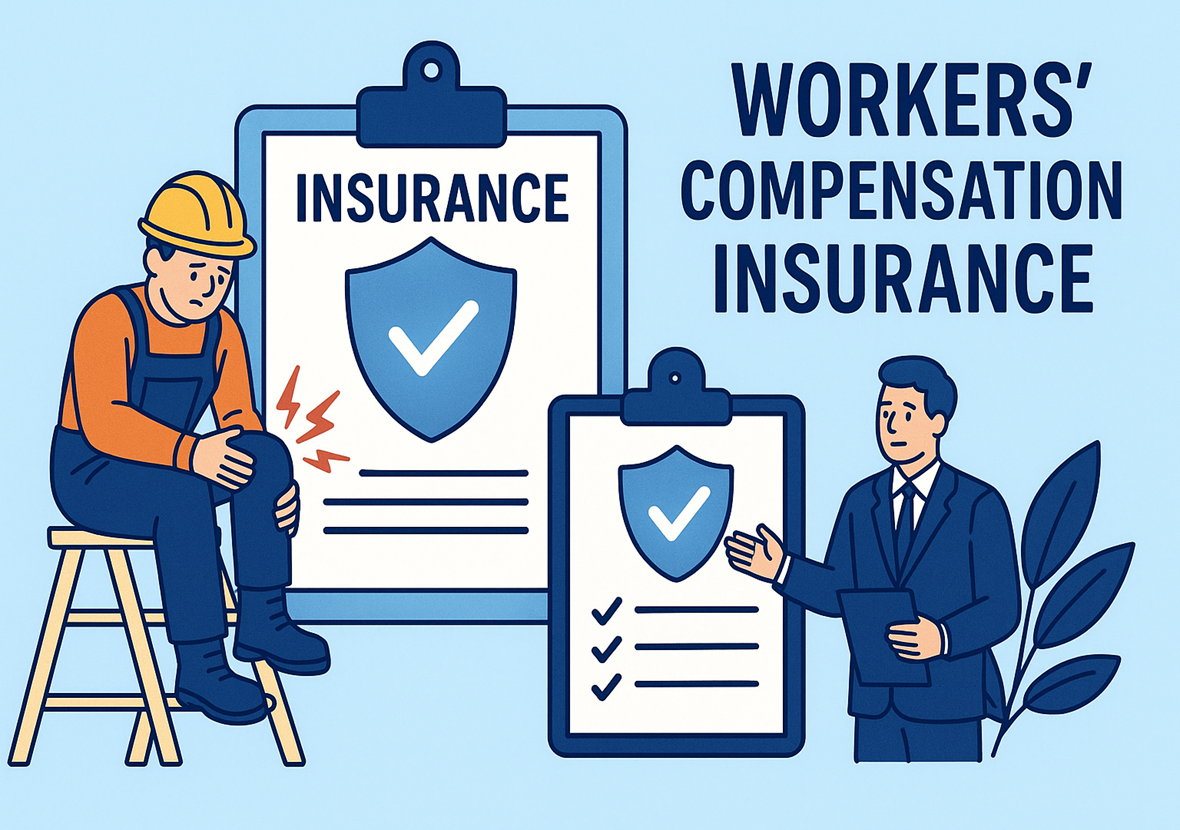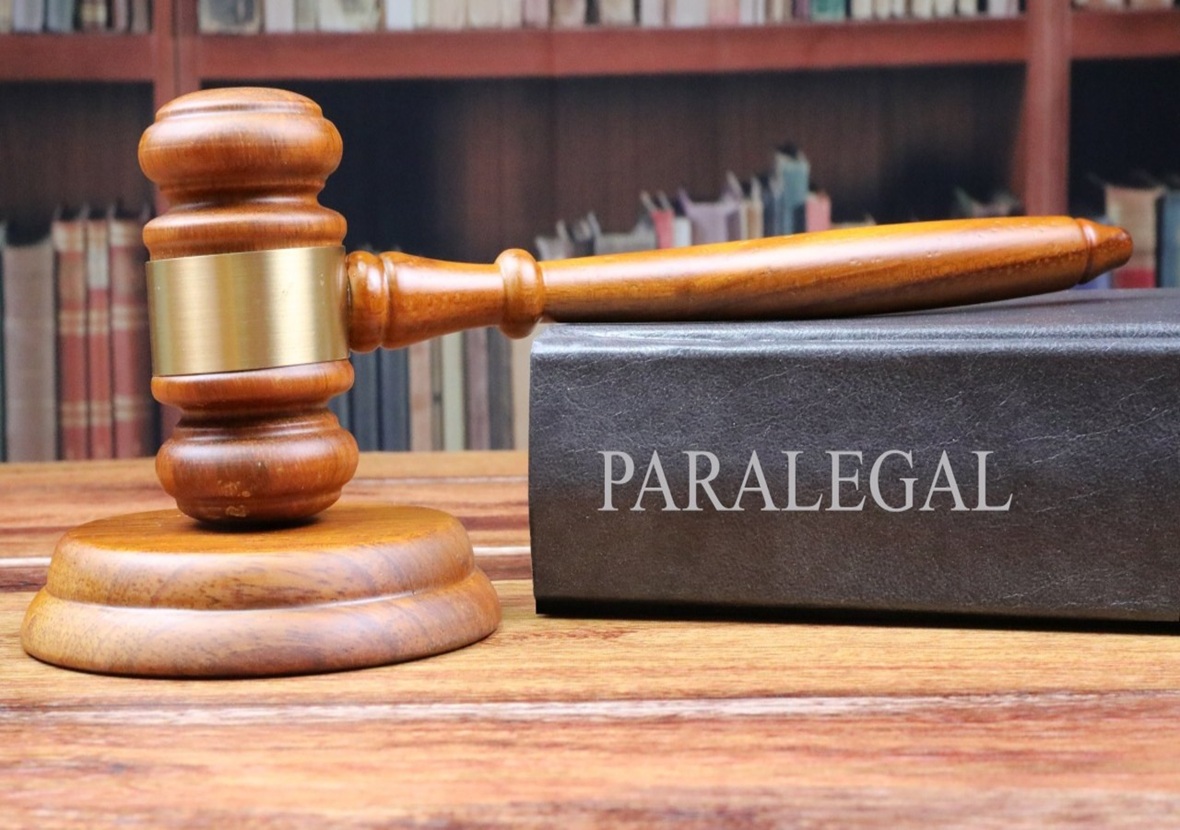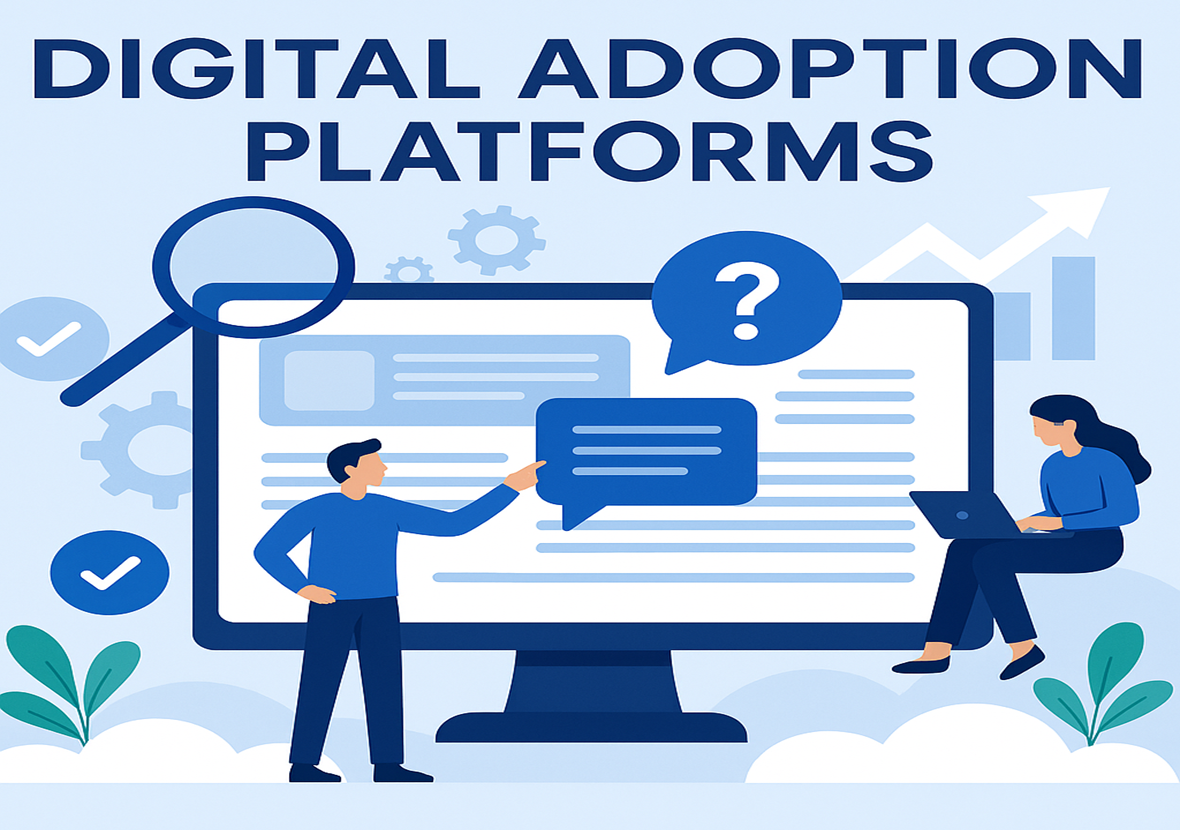The O-1 visa is a non-immigrant work visa designed for individuals who have extraordinary ability in fields such as science, education, business, athletics, or the arts, including the motion picture and television industry. It allows foreign nationals to temporarily work in the United States in their area of expertise.
Key Features of the O-1 Visa
✅ Employer Sponsorship Required: A U.S. employer or agent must sponsor the visa by filing a petition with U.S. Citizenship and Immigration Services (USCIS).
✅ Extraordinary Ability Requirement: The applicant must demonstrate sustained national or international acclaim in their field.
✅ Two Main Categories:
- O-1A Visa: For individuals in science, education, business, or athletics (excluding arts, film, or TV).
- O-1B Visa: For individuals in arts, motion picture, or television industries.
✅ Initial Validity & Extensions: Initially granted for up to 3 years, with 1-year extensions available as long as the individual continues to work in their field.
✅ No Annual Cap: Unlike the H-1B visa, there is no limit on the number of O-1 visas issued each year.
✅ Dual Intent Visa: Allows O-1 visa holders to apply for a Green Card without affecting their status.
Eligibility Criteria for the O-1 Visa
To qualify for an O-1 visa, applicants must provide substantial evidence of their extraordinary ability in their field. This can be demonstrated by meeting at least 3 of the following criteria:
For O-1A Visa Applicants (Science, Education, Business, Athletics):
- Receipt of major national or international awards (e.g., Nobel Prize, Pulitzer Prize).
- Membership in associations that require outstanding achievements.
- Published material about the applicant in professional or major trade publications.
- Original contributions of major significance in the field.
- Evidence of high salary or remuneration compared to peers.
- Participation as a judge of others in the same field.
- Significant employment in organizations of distinguished reputation.
For O-1B Visa Applicants (Arts, Film, TV Industry):
- Evidence of significant recognition in the form of awards (e.g., an Oscar, Emmy, Grammy, or Tony).
- Starring or leading role in productions with distinguished reputations.
- Commercial success, such as high box office earnings or record sales.
- Critical reviews or articles highlighting the individual’s achievements.
- Evidence of high salary or substantial remuneration for services.
O-1 Visa Application Process
-
Employer or Agent Files Form I-129:
- The U.S. employer or agent submits Form I-129, Petition for a Nonimmigrant Worker, along with supporting documentation.
- This must be filed at least 45 days before the intended start date of employment.
-
Consultation with a Peer Group:
- A written advisory opinion from a recognized peer group, labor union, or management organization is required.
-
USCIS Review & Approval:
- If USCIS approves the petition, the applicant applies for an O-1 visa at a U.S. consulate in their home country.
-
Visa Interview & Stamping:
- The applicant must attend an interview at a U.S. embassy or consulate.
-
Entry & Work Authorization:
- Upon approval, the applicant can enter the U.S. and begin working under the O-1 visa.
Benefits of the O-1 Visa
No Annual Cap: Unlike H-1B visas, there’s no limit on the number of O-1 visas issued.
Longer Stay & Renewability: Can be extended indefinitely in 1-year increments.
Spouse & Children Benefits: Dependents (O-3 visa holders) can accompany the O-1 holder to the U.S.
Premium Processing Available: USCIS offers 15-day expedited processing for an additional fee.
Pathway to Green Card: O-1 visa holders can apply for permanent residency (EB-1 Green Card category).
Challenges & Limitations of the O-1 Visa
⚠️ Strict Eligibility Requirements: Applicants must prove extraordinary ability through substantial documentation.
⚠️ Employer Sponsorship is Required: The O-1 visa cannot be self-sponsored; an employer or agent must petition on behalf of the applicant.
⚠️ O-3 Visa Holders (Dependents) Cannot Work: Unlike some other visa types, spouses and children under the O-3 visa cannot be employed in the U.S.
The O-1 visa is an excellent option for highly talented individuals looking to work in the United States in fields requiring extraordinary ability. With no annual cap, long-term extension possibilities, and a clear path to a Green Card, it is one of the most attractive work visas for top-tier professionals worldwide.
However, the strict eligibility criteria and employer sponsorship requirement mean that only the best in their field can successfully secure this visa. Proper documentation, endorsements, and expert legal guidance can greatly enhance the chances of approval.
FAQs
1. How long does it take to process an O-1 visa?
O-1 visa processing typically takes 2 to 4 months, but premium processing (15 days) is available for an additional fee.
2. Can an O-1 visa holder apply for a Green Card?
Yes, the O-1 visa is a dual intent visa, allowing holders to apply for permanent residency (Green Card) under the EB-1 category.
3. Can an O-1 visa holder change employers?
Yes, but the new employer must file a new O-1 visa petition before the employee can switch jobs.
4. What is the difference between an O-1A and O-1B visa?
The O-1A is for science, business, education, and athletics, while O-1B is for arts, film, and TV industry professionals.
5. Can family members accompany an O-1 visa holder?
Yes, spouses and children under 21 can come to the U.S. on an O-3 visa, but they cannot work.
The O-1 visa is a golden ticket for individuals at the top of their field looking to work and live in the U.S. If you have exceptional talent, this visa might be your perfect opportunity!
APPLY FOR FULLY FUNDED SCHOLARSHIP HERE















